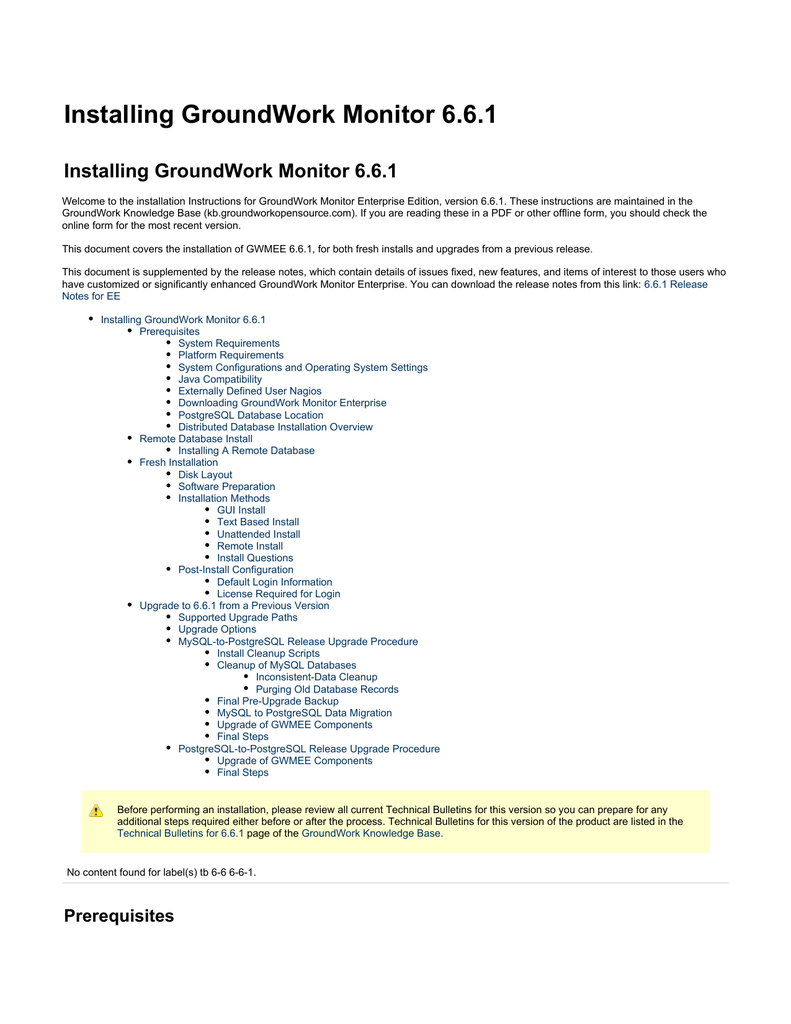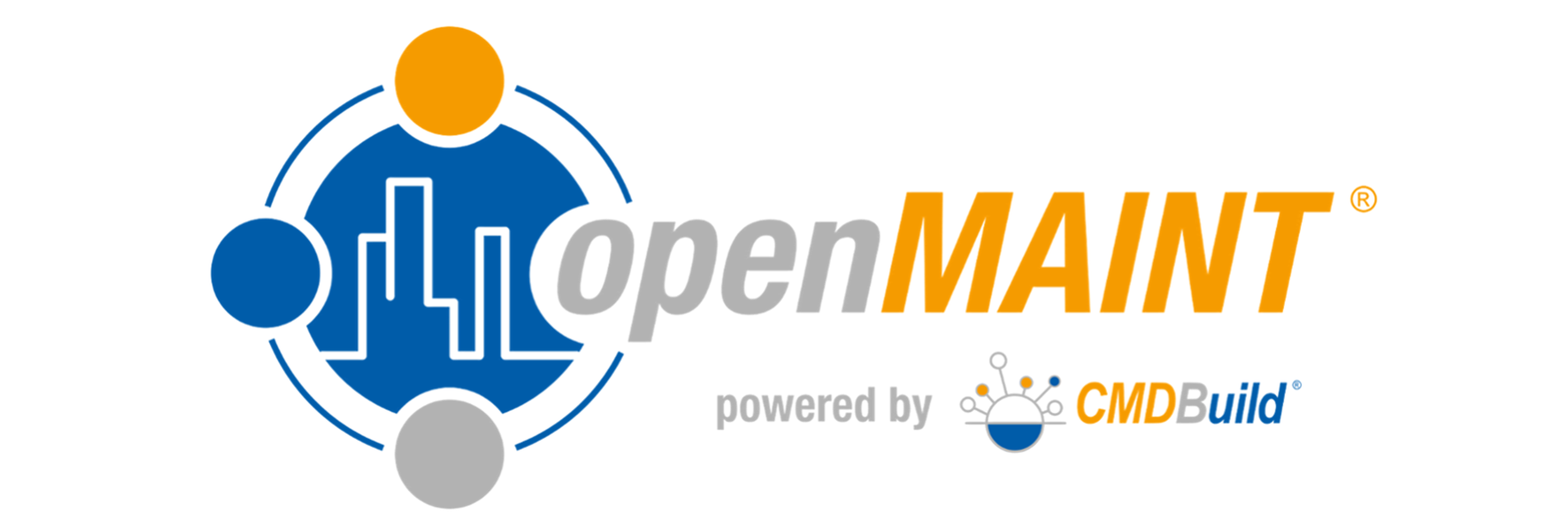- Cmdbuild Installation Ubuntu Firewall
- See Full List On Forum.cmdbuild.org
- Cmdbuild Installation Ubuntu Operating System
- Cmdbuild Install Ubuntu 18.04
- Cached
After that click the Deploy to icon next to the CMDBuild.war file at your dashboard, choose the environment you’ve created before, and click Deploy in the opened window. Install Application. Once the deployment is successfully finished, launch the application by means of pressing Open in browser button next to your environment. CMDBuild is a configurable web application to model and manage a database containing assets (CMDB stands for “Configuration and Management Data Base”) and handle related workflow operations. The aim is to let the operators have full control of the assets used, knowing exactly composition, dislocation, functional relations and history.
CMDBuild is an amazing configuration/asset management tool that takes its support of the ITIL way of doing things a big step forward, by providing links to a generic workflow engine, Shark (Enhydra Shark, now called Together Workflow Server). This way, CMDBuild is able not only to manage the update of the asset inventory and their functional relations, but also to enable the definition and control of the processes for IT service management.
A process includes an activity sequence, carried out by operators and/or computer applications, every application represents an operation that has to be carried out within the process. In keeping with their system flexibility, CMDBuild provides a generic workflow engine to model processes case-by-case, rather than implementing a series of rigid and predefined processes.
Here we take a look at how to install Enhydra Shark for CMDBuild.

I personally found it a not-so-easy process to go through the documentation for Enhydra Shark (Together Workflow Server), they could do with some changes to simplify things and highlight the feature-packed product that they have. Installing Shark for CMDBuild, however, is a breeze. The CMDBuild site provides a CMDBuild-optimized version of the Shark application, ready to drop into Tomcat and get going. From the CMDBuild download page, just download the shark webapp (named shark-cmdbuild-version.zip). This zip file contains a WAR, that you need to drop into Tomcat, and a Readme page, that covers everything you need. Here are the basic instructions filled in with some additional comments from me based on how I went through with the process.
- First, deploy the WAR file (after renaming it to shark.war)into Tomcat (either deploy using the manager webapp, or drop straight into the <Tomcat>/webapps directory). At this point, Tomcat will throw a bunch of errors in the console, since things aren’t configured yet. But it will do the job of unpacking the WAR file.
- Now we are ready to dive into the unpacked app to make our configuration changes.But before that, we need to setup a CMDBuild user account for Shark.
- Setup a new user (I called mine “workflow”) using the Administration Module UI in cmdbuild.
- Add it to CMDBuild’s auth.conf file (under <Tomcat>/webapps/cmdbuild/WEB-INF/conf as a privileged service user.
- Go to <Tomcat>/webapps/shark/conf/Shark.conf and do the following:
- Change the section at the end of the file named “CMDBuild Custom Components Settings”: Add in CMDBuild’s root URL, and give it the credentials it needs to connect. This should be the credentials for the privileged service account you just created in step # 2.
- In shark/META-INF/context.xml change the name of the database, using the name
of the CMDBuild database. For example,should be changed to
for a database named “cmdbuild” in a local PostgreSQL installation.
- Note: Shark does not take well to databases that have capital letters in their names. If your DB is called “CMDBuild” and you give this name in context.xml, Shark will look for a database named “cmdbuild” and will fail to start up.
- Please note that Shark uses the same database as CMDBuild, storing its data inside the “shark” schema.
- The ‘shark’ user is created by CMDBuild with the following sql (${cmdbuild_home}/WEB-INF/sql/shark_schema/01_shark_user.sql). This usually happens when you first run CMDBuild, and set it up with a Demo/Empty database & select the “Create a Shark schema” option, so you should probably not have to do anything at this point.
- In case you don’t have a shark user/schema in your CMDBuild database, run this SQL to set things up.
Please note that the last line is absolutely needed when using Shark on CMDBuild’s database.
- Once this is done, re-start Tomcat. You should be able to see a successful ‘ready and waiting’ message in your Tomcat console, if all of the config has been done right.
- Once Shark is up and running, you can configure the workflow module in the CMDBuild Administration area.
- Go to Administration Module > Setup > Workflow and enable Shark, enter shark’s URL, username & password.
Save, and you’re ready to start automating and organizing your asset inventory management workflows!
(More on using Shark for CMDBuild to follow…)
Contents
|
This page lists selected server software that can be used in Ubuntu.
Networking
Basic networking from the server guide
LinkAggregation - also known as Bonding or Trunking.
Authentication
OpenLDAP server and LDAP client authentication - Authentication on an LDAP directory (server and client parts)
SettingUpNISHowTo - Authentication via NIS
Active Directory Authentication
Kerberos
SecurePass - One Time Password service for DMZ hosts and services
Wireless
Wireless Access Point - Setting up Wireless Access Point
Wireless Broadcast System - Setting up LAN hotspot (no internet)
Web servers
Apache PHP MySQL - Setting up a LAMP (Linux Apache MySQL PHP) web server
Highly Available LAMP Server - Setting up a highly available Linux, Apache, MySQL, and PHP web server
Ruby on Rails - Setting up RoR (Ruby On Rails)
Apache Tomcat 5 - Java Servlet 2.4 engine with JSP 2.0 support
Django - Setting up Django high-level python web framework
Web Applications
Blogging with WordPress - Blogging (web publishing).
Drupal - A robust content management system.
Joomla - Content Management System (CMS) that will help you build websites and other powerful online applications
Hive - How to set up a Digital Life Management System. Hive was formally known as Ubuntu Center.
PhpBB3 - How to set up a PhpBB3 forum.
PunBB forum - PunBB is a fast and lightweight PHP-powered discussion board.
MoinMoin - a powerful and highly configurable wiki.
MediaWiki - powerful wiki engine used by Wikipedia.
CMDBuild - An Open Source CMDB (Configuration and Management Database)
Moodle -- A Comprehensive Learning Management System (Online Curriculum)
Moodle with MySQL - Installing Moodle with MySQL (alternative instructions)
Request Tracker - Set up Request Tracker (web based ticketing system) with email facility.
Teleconferencing
BigBlueButton - A Complete Videoconferencing and Desktop Sharing platform
Mail, Groupware, and Chat Servers
Email - The starting point for mail servers - covers the different software used, how they relate together, and more.
Mailing List Server - Set up your own mailing list server with Mailman, as used on the Ubuntu mailing lists!
Horde4 Mail And Groupware Server - Setting up a basic Horde4 installation on Ubuntu 10.04.3 LTS
Groupware with Kolab - Setting up this complete mail and calendar server system.
Lotus Domino - Setting up Lotus Domino groupware server.
IrcServer - Set up an irc server.
Dancer-IRCD - Set up Dancer-IRCD server
SettingUpJabberServer - Set up a Jabber server.
Email Alerts - Send email alerts from Ubuntu Server using ssmtp.
DNS
BIND - Setting up a DNS server with BIND
Dynamic DNS - Setting up Dynamic DNS for your computer or LAN.

Proxy Servers
Squid - Squid
SquidGuard - SquidGuard
Pound - Pound Reverse Proxy Server (Run servers on multiple computers on a LAN using a single router and IP address)
Apache Reverse Proxies - Using Apache2 as a Reverse Proxy Server (Run servers on multiple computers on a LAN using a single router and IP address)
Database
MySQL 5.0 - Setting up a MySQL 5.0 server in Ubuntu
PostgreSQL quickstart - Setting up a PostgreSQL 8.1 server in Ubuntu
Installing Firebird 2.5.x How to install and set Firebird 2.5.x server in Ubuntu
Installing Firebird 3.x How to install and set Firebird 3.0 server (This is Beta and only for testers)
Installing JDBC for MySQL 5.0 Install and setup of Java Database Connectivity for MySQL 5.0
Using MySQL, JDBC and OpenOffice Using Java Database Connectivity, MySQL and OpenOffice
Ingres 2006 - How to build, install and set up an Ingres 2006 server in ubuntu.
File Server

NFS Server - Setting up Ubuntu as an NFS server.
Highly Available NFS server - Setting up a highly available NFS server.
Samba Server - Setting up Ubuntu as an Samba server.
Samba Server as PDC - Setting up a Windows Domain Controller.
iFolderEnterpriseServer - Setting up an iFolder server.
GPFS Cluster - Setting up a GPFS Cluster.
Apache2WebDavDigestAUTH -- A guide to setting up WebDAV on Apache2 with Digest AUTH enabled
BitTorrent
Transmission Setup - Setting up Ubuntu Server as a Transmission BitTorrent Server/Client.
Cloud Storage
Dropbox Setup - Setting up Ubuntu Server for Dropbox cloud storage.
Storage Server
Highly Available iSCSI Target Server - Setting up a highly available iSCSI Target Server.
Highly Available AoE Target Server - Setting up a highly available AoE Target Server.
UPNP Mediaserver
MediaTomb UPnP Media Server - Setting up Ubuntu as a UPnP media server using the MediaTomb media server.
Ps3 Media Server - Setting up Ubuntu as a UPnP media server using the PS3 Media Server.
Remote Administration Access
SSHHowto - Setting up SSH remote access.
SerialConsoleHowto - Setting up serial console access.
AjaxTerm - Ajax Terminal access.
Installation Servers
Cmdbuild Installation Ubuntu Firewall
Node Deployment Through Automation - Set up an Ubuntu system to deploy Ubuntu.
PXEInstallServer - Set up a server to bootstrap installations.
PXE Boot Multiple Distros - Set up an Ubuntu system to deploy other operating systems.
Apt-Cacher-Server - Setup a local cache to speed up package installation.
Security Servers

IptablesHowTo - Set up a Firewall using iptables.
OpenVPN - Setup a bridged OpenVPN server.
VPNServer - Setup and configure a VPN server.
DansGuardian - Setup an Internet Content Filter.
Folding@Home
Folding@Home - Do some good with your idle CPU cycles.
Monitoring
Nagios3 - Installing and configuring Nagios3 for system and network monitoring. (Documentation for Nagios2.)
Zenoss - Installing Zenoss network monitor on Ubuntu Server
Logwatch - Installing Logwatch to monitor your system logs and have them emailed to you
Accounting
Quasar - How to install Quasar Accounts, a fully featured client-server business accounting application.
Image boards
Danbooru
Clustering
See Full List On Forum.cmdbuild.org
MPICH Cluster - Installing a simple MPICH cluster.
Kerrighed Cluster - Guide to setting up Kerrighed 2.3 using Ubuntu 8.04
Development Tools
Subversion - Install Subversion
Trac - Install Trac
Cmdbuild Installation Ubuntu Operating System
Virtualization
KVM - Installing and configuring the Kernel Virtual Machine
JeOSVMBuilder - Using python-vm-builder to create virtual appliances
Xen - Installing and configuring Xen
UEC - Ubuntu Enterprise Cloud
EC2StartersGuide - Ubuntu on Amazon EC2
Cmdbuild Install Ubuntu 18.04
Other
Cached
Home Server - Creating a simple Home Server
CategoryApplicationsCategoryInternetCategoryNetworkingCategoryInternet